How tourism is benefitting … and polluting the ancient city.
IN 2007 MACHU PICCHU was named one of the New Seven Wonders of the World via an internet poll. Since then, tourism has drastically increased, changing the way the historic site is run and how tourists are able to visit.
During the years of the Shining Path, Peru’s Communist group that inflicted terror upon the country in the 1980s and early 1990s, tourism decreased because of fear of terrorists. Columbia College Chicago associate professor Elio Leturia said Machu Picchu was completely empty during his first visit in July 1989. “I saw only 10 tourists,“ Leturia says.
Twenty-six years after Abimael Guzmán, the leader of the Shining Path, was captured and the terrorist organization debilitated, the desire to visit Machu Picchu and Peru has changed. Designated as a UNESCO World Heritage Site in 1983 and named a New Wonder of the World 24 years later, tourists now invade the so-called “Lost City of the Incas” to the extent that two daily shifts have been established to visit it.

As the political climate grows more calm and the economy expands, tourism has exploded to up to 5,000 visitors each day during the busy season.
This boom has affected Machu Picchu and the town at the base of the mountain, Aguas Calientes. Tourists flock to Aguas Calientes for its hotels and restaurants, benefiting the economy and creating jobs for residents. They buy souvenirs and crafts from local vendors and pay a fee to relax at the hot springs in town. Being named a World Heritage Site encourages conservation efforts, but on the other hand, the large number of people walking on the trails has begun to erode the site. National Geographic reported in 2002 that this erosion might possibly result in a landslide, damaging not only Machu Picchu but also the town of Aguas Calientes.
When visiting Machu Picchu I couldn’t help but notice that tourism is strictly controlled. Buses travel up and down the winding roads to the entrance; the fare is $24 each way. Entrance lines are long, regardless of the time of day. Visitors of the Lost City of the Incas are required to go in shifts, 2,500 in the morning and the same numbers in the evening. It costs two soles (or 60 cents) to use the restrooms. There is a swanky hotel, the Belmond Sanctuary Lodge right at the entrance, which costs $550-$1,850 per night depending on the season. The area is patrolled by guards to ensure that tourists respect the site and stay inside the designated walkways. Guides promote their services to those who do not know the vast history of the space.
For the most part, tourists were respectful toward each other and the historic space. However, I did witness a few discourteous acts. There was a man lying in the grass of a protected terrace loudly talking on his cell phone, a father pulling a baby llama away from its mother by the neck to take a picture of his young child with the baby and an old man yelling at me for unknowingly getting in the way of his precious photo of a rock.
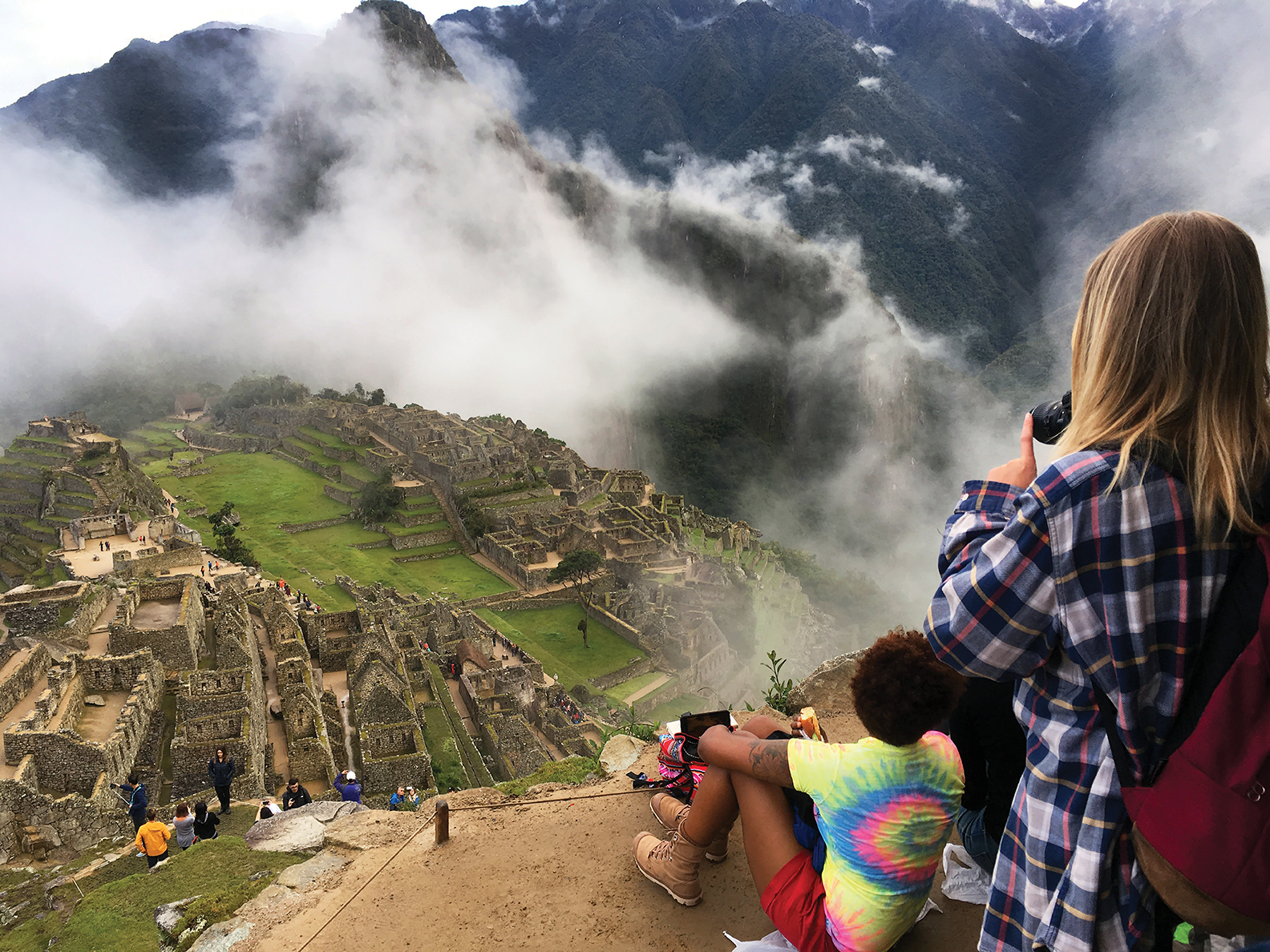
Visitors flocked to the site from all over the world. I met people from the United States and the UK, overheard Australian and Scottish accents, and I took photos for a group of people from Germany. There were people of all ages, from babies carried by sweaty moms and even an 83-year-old woman climbing the steep 45-minute hike to the Sun Gate, where the entire citadel can be seen from an even higher area. I walked past groups of people while I was attempting to decipher what language they were speaking to no avail. I have traveled a decent amount in my life, and I have never seen such a wide array of people coming together to witness such a beautiful place.
While the effects of tourism on Machu Picchu have generally been positive, there may be some drawbacks to having such a large number of sightseers wanting to visit the iconic ruins. The large number of footprints at the site increases the risk of landslides, and security guards have a hard time keeping an eye on the large crowds. The site seems ill-prepared to handle an evacuation if needed.
I was fortunate enough to visit the citadel two days in a row. It is rightfully named one of the Seven Wonders of the New World alongside places such as the Taj Mahal and the Roman Colosseum. With the increased control over tourism and the benefits it has to the local economy, I hope by protecting this breathtaking place future generations will have the opportunity to see the magnificent city for many years to come.

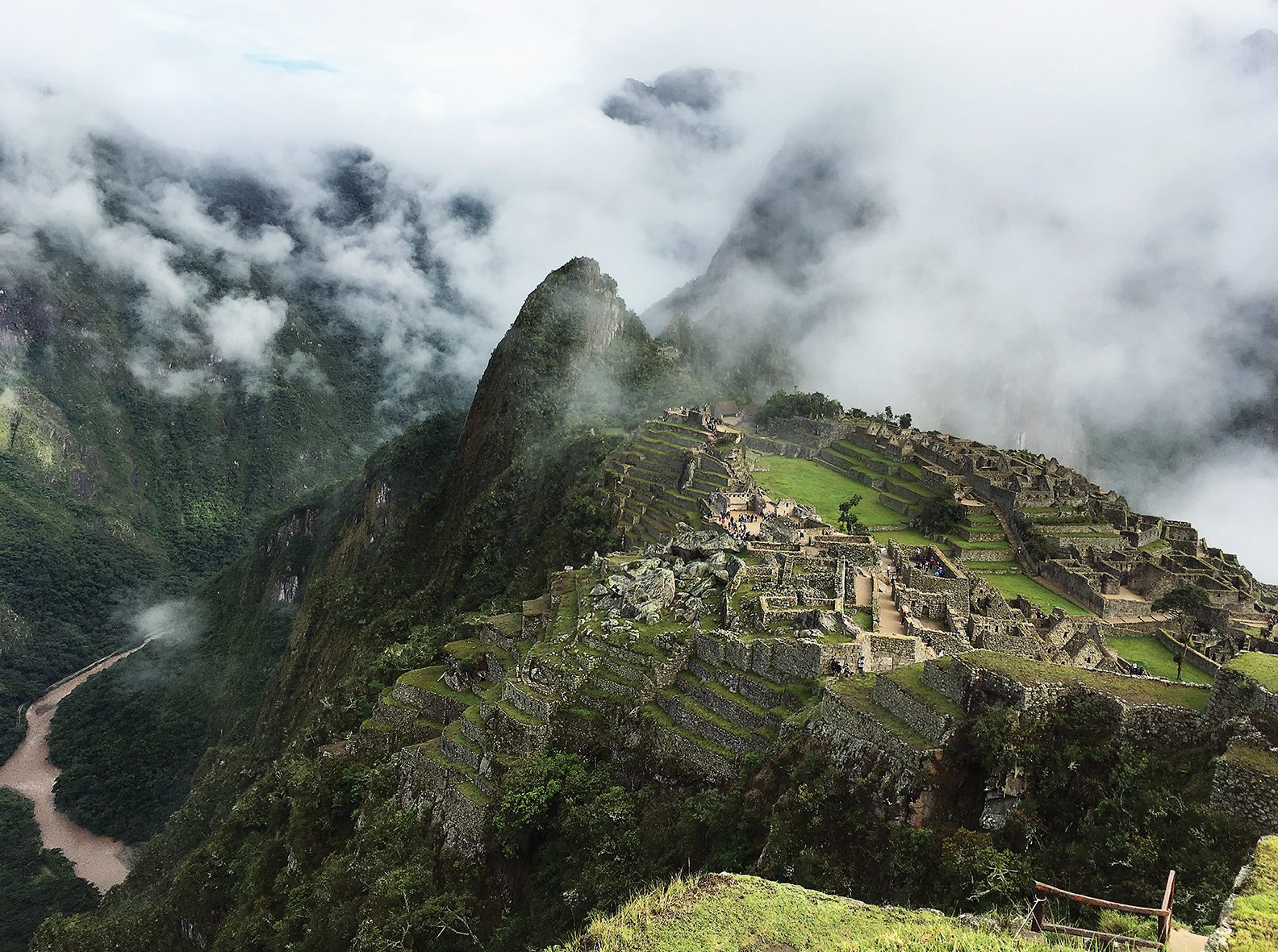
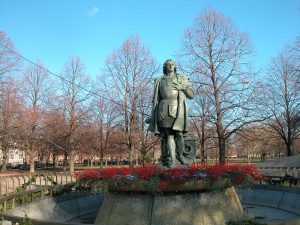
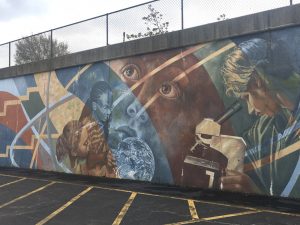
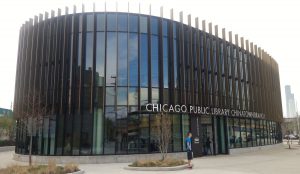




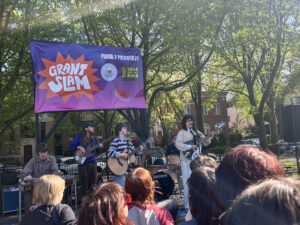

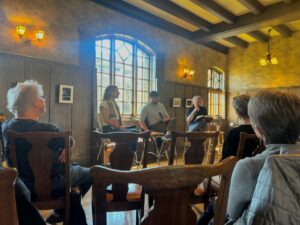




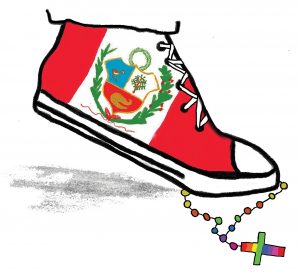



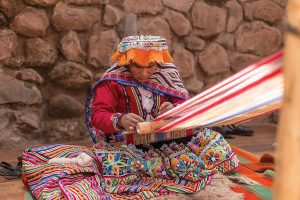






Be First to Comment